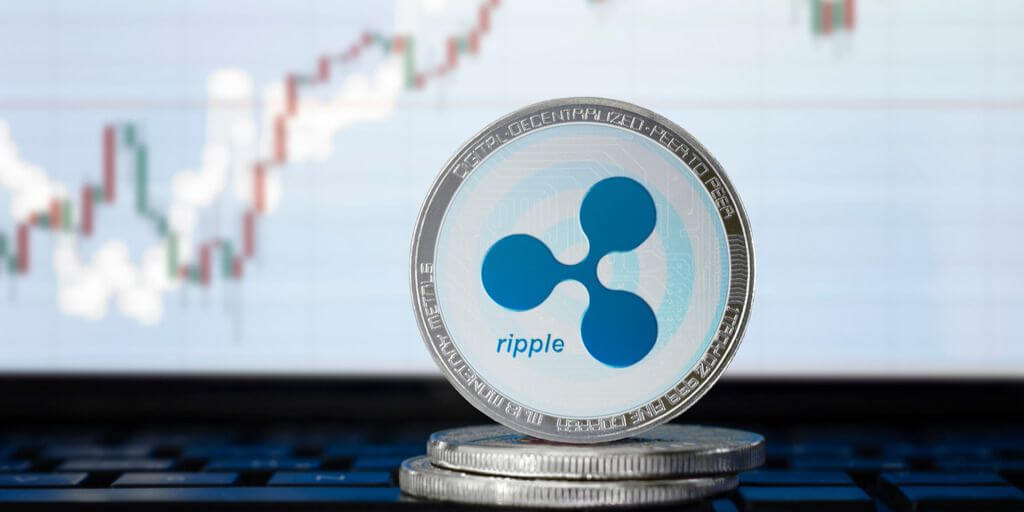
In these troubling times, Ripple has shown it can step up to the mark and protect its workers – but what other innovations has this company made to ensure continued growth in XRP.
As the virus went into full swing in the early part of March, countries and businesses around the world reacted to the news at differing speeds.
Some in the cryptocurrency space were hopeful that the crisis would demonstrate a use case for decentralised technologies, as this could enable the delivery of vital services, while maintaining social distancing instructions.
The team at Ripple, the company behind the XRP cryptocurrency, have adapted to the virus, showing proactive decision making in the face of the outbreak, demonstrating a versatility that can be found in other aspects of XRP’s plan to mass adoption and clever diversification.
According to this tweet by CEO, Brad Garlinghouse, Ripple had in fact been putting in work-from-home measures at the beginning of the year to prepare.
Like many businesses, @Ripple's highest priority is the wellbeing of team @Ripple. As COVID-19 developed over the past several months, the global team has transitioned to remote work, in efforts to stay safe while continuing to support our customers. (1/3)
— Brad Garlinghouse (@bgarlinghouse) March 19, 2020
The speed of Ripple’s transition is impressive, considering the worldwide offices they will have had to coordinate, from San Francisco, New York, London, Mumbai, Singapore and Sydney. These office’s countries have reacted to the outbreak in different ways; India for instance, only brought in mandatory lockdown measures today, meaning that Ripple has arguably gotten ahead of the Indian government to protect its workers and slow the spread of the virus.
This report will look at three ways the third largest cryptocurrency has previously shown innovation and leadership, and why investors today could see healthy returns down the line and why the coin is here to stay.
Ripple step to integrate closely with money transfer services
In late February, news broke that Ripple had closed a deal with Azimo, the European money transfer service.
Richard Ambrose, CEO of Azimo, claimed that Ripple had reduced their transfer costs by 30 to 50 percent between clients in the Philppines and Europe.
This is a massive step forward for Ripple, now proving that their currency can integrate effectively with fiat currencies to save international companies huge sums of money from transactions and transfers.
If XRP becomes the torchbearer cryptocurrency for the money transfer market, it could cause a widespread exodus from other cryptocurrencies that prioritise low cost money transfers as their primary objective.
This in turn could have a monumental impact on XRP’s price as it absorbs the market share from collapsed projects.
Xpring event reveals a simple and effective money transfer process
At the very beginning of March before COVID-19 sent us all indoors, Xpring, a sub-team of Ripple unveiled a new procedure for creating a new wallet, sending a payment, confirming the transaction and checking a balance – all in less than 22 lines of code.
This is a big step forward for XRP as it potentially makes the process and technology easy to scale across the world, a vital consideration when trying to capture a global market.
This streamlined process could have a huge impact on parts of the world with limited banking infrastructure, as it would allow them to create a wallet cheaply, increasing the user-base of the currency cheaply and effectively.
This announcement was featured in a blog post by Warren Paul Anderson, who highlighted:
“As the world braces for change in global economic conditions, we believe that blockchain technology can serve as an integral tool for developers to put the pieces back together.”
Showing there is a belief that XRP could play a vital role in global finance post virus.
Integrating gaming with blockchain
By 2022, it is estimated that the gaming industry will be worth a staggering $235 billion. It’s no surprise then that Ripple’s partner, Forte, have teamed up with game developers to integrate blockchain technology into gaming.
The aim? To find new business models and revenue streams for gaming companies. The success of Fortnite in recent years will have made game developers more receptive to new models; Fortnite was free to download and play, but made an estimated $2.4 billion last year from its in-game downloads.
To show their confidence in Forte and their partnerships, Ripple has backed the project with $100 million, as it is hoped that using blockchain will enable gaming companies to secure new revenue from both new and existing titles.
Integration between these two industry giants could be very good news for XRP holders, if the currency became the new means to verify gaming transactions, or was actually integrated into gaming mechanics to improve players’ experience.

